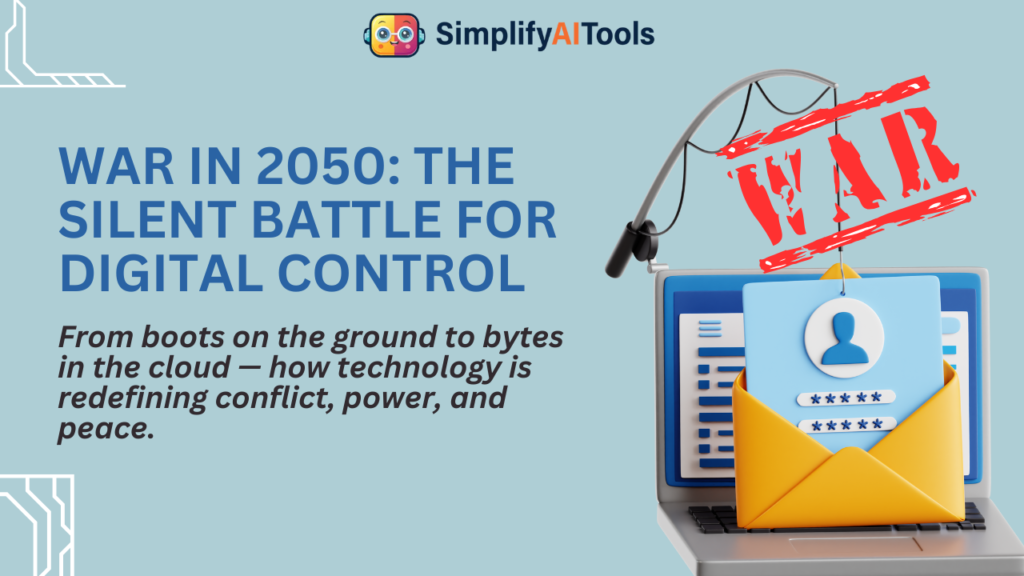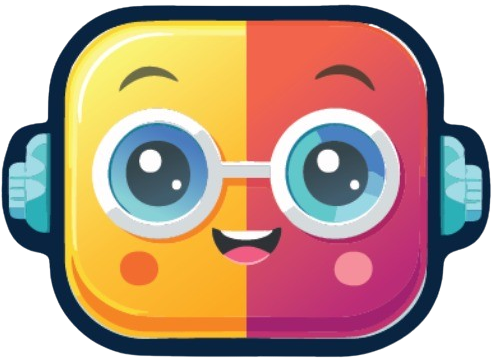Introduction: Evolution Beyond Biology
We often talk about evolution in terms of biology — how humans have grown and adapted. But evolution also applies to our tools, especially technology. Over the past 20 years, the world has seen an explosive shift in how we use information. Today, digital infrastructure powers everything from communication and finance to defense. This dependence is powerful — but it’s also risky.
As our reliance on technology grows, so does our vulnerability. And nowhere is this shift more visible than in the way nations prepare for conflict.
🔄 Shifting Strategies: The Changing Face of Warfare
Traditional war strategies are becoming outdated. Ground battles and air raids are being replaced by invisible wars happening in cyberspace. Future warfare — say, in 2050 — won’t revolve around borders or bullets. It’ll be about digital dominance.
The ability to control or disrupt another nation’s information systems could cripple its defenses, economy, or communication network — all without firing a single shot.
🧠 The New Frontline: Cyber Conflict in a Data-Driven World
The 20th century brought us nuclear deterrence. The 21st century is bringing cyber warfare. Defense systems today are built on software — and that software can be hacked. Critical infrastructure like power grids, transport systems, banking, and healthcare are all now digital, making them prime targets.
In the wars of tomorrow, information becomes both the battlefield and the weapon.
⚡ Speed Over Strength: How Digital Wars Will Be Won
In future warfare, the advantage won’t go to the strongest — but to the fastest. Decision-making powered by AI and quantum computing will happen in milliseconds. Speed of response, not volume of firepower, will decide who wins.
Winning a war might not involve military strikes — but a few lines of malicious code delivered at the right time.
🧬 Game Changers: AI, Quantum Computing & Autonomous Systems
Emerging technologies will be the new superweapons:
-
Artificial Intelligence: Automates attack/defense responses with precision.
-
Quantum Computing: Breaks encryption at lightning speed.
-
Autonomous Systems: Reduce human error and enable faster deployment.
These technologies will create systems capable of acting far faster than humans, making the battlefield more unpredictable and volatile.
🛡️ Building Digital Defenses: Cyber Peace Is the New Goal
Despite these threats, there is hope. Just like nuclear treaties shaped the Cold War, global efforts are underway to set digital defense norms:
-
Cybersecurity laws
-
Cross-border response systems
-
AI safety protocols
-
Ethical AI coalitions
Nations are beginning to treat digital security the way they once treated missile defense.
🧍 Conclusion: Human Choice in a Machine-Led War
Even as machines take center stage in future of warfare , the core decisions — whether to attack or defend — remain human. The future of peace lies not in tech, but in how we use it.
By 2050, wars will be digital, but peace will still depend on diplomacy, cooperation, and responsibility.
🙋♀️ Frequently Asked Questions (FAQ)
What is cyber warfare?
Cyber warfare refers to using digital attacks to damage or disrupt the operations of a nation, often targeting critical infrastructure, communications, or defense systems.
How will future wars be different from traditional wars?
Future wars will likely focus on data breaches, AI-powered attacks, and cyber takeovers rather than conventional military confrontations.
Why is information considered a weapon?
Because controlling or corrupting information systems can paralyze governments, manipulate public perception, or shut down infrastructure.
Can artificial intelligence start wars?
Not directly, but AI can automate actions like surveillance, defense responses, or offensive strategies. Without proper control, this could escalate conflicts.
How can we prevent digital wars?
Through global cybersecurity agreements, ethical AI development, and robust digital defense systems — much like previous efforts to control nuclear arms.
🔗 Key Note
For more insights and deep-dives into the evolving landscape of AI, technology, and human responsibility, stay connected with Simplifyaitools.

